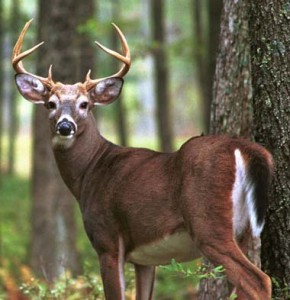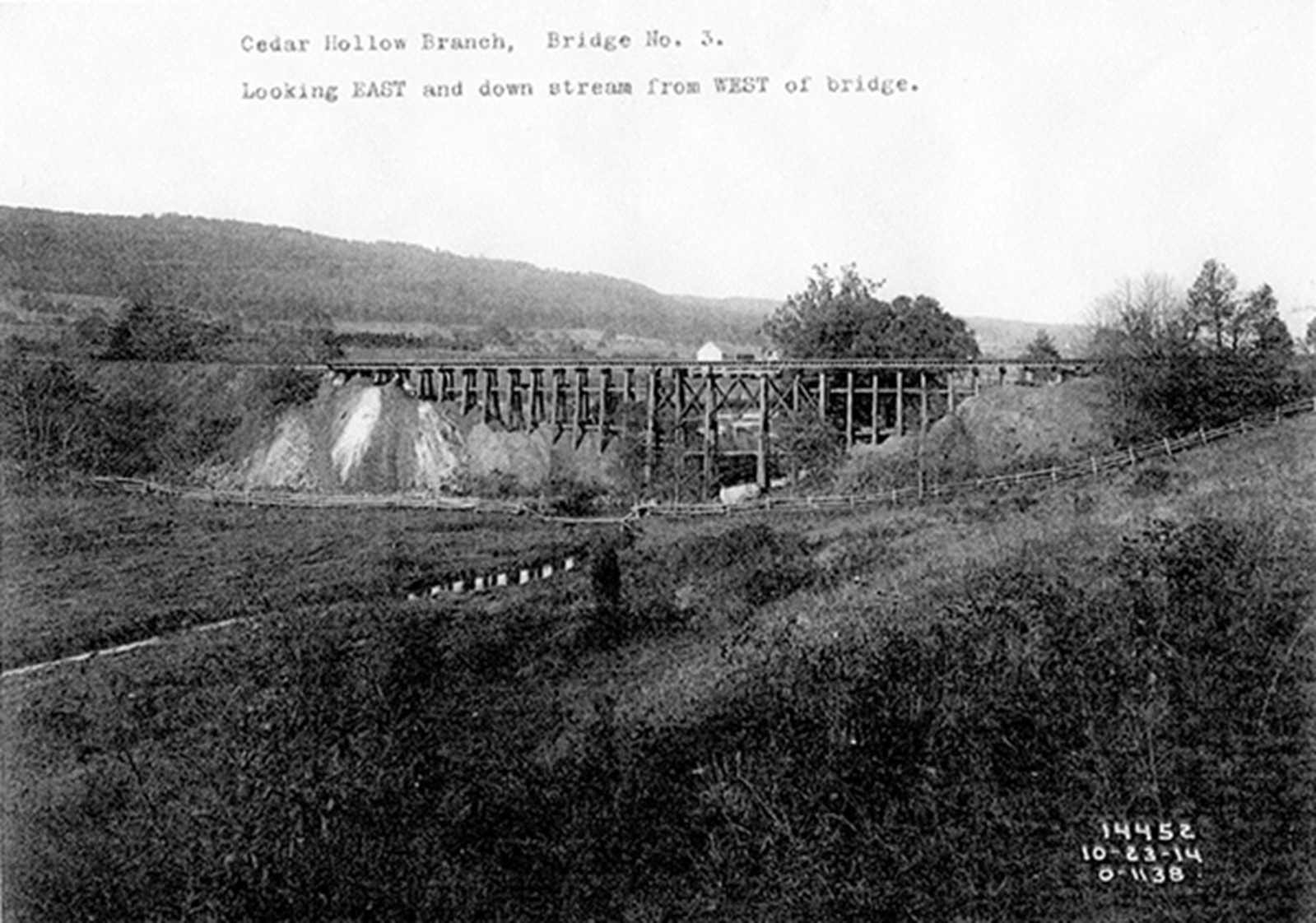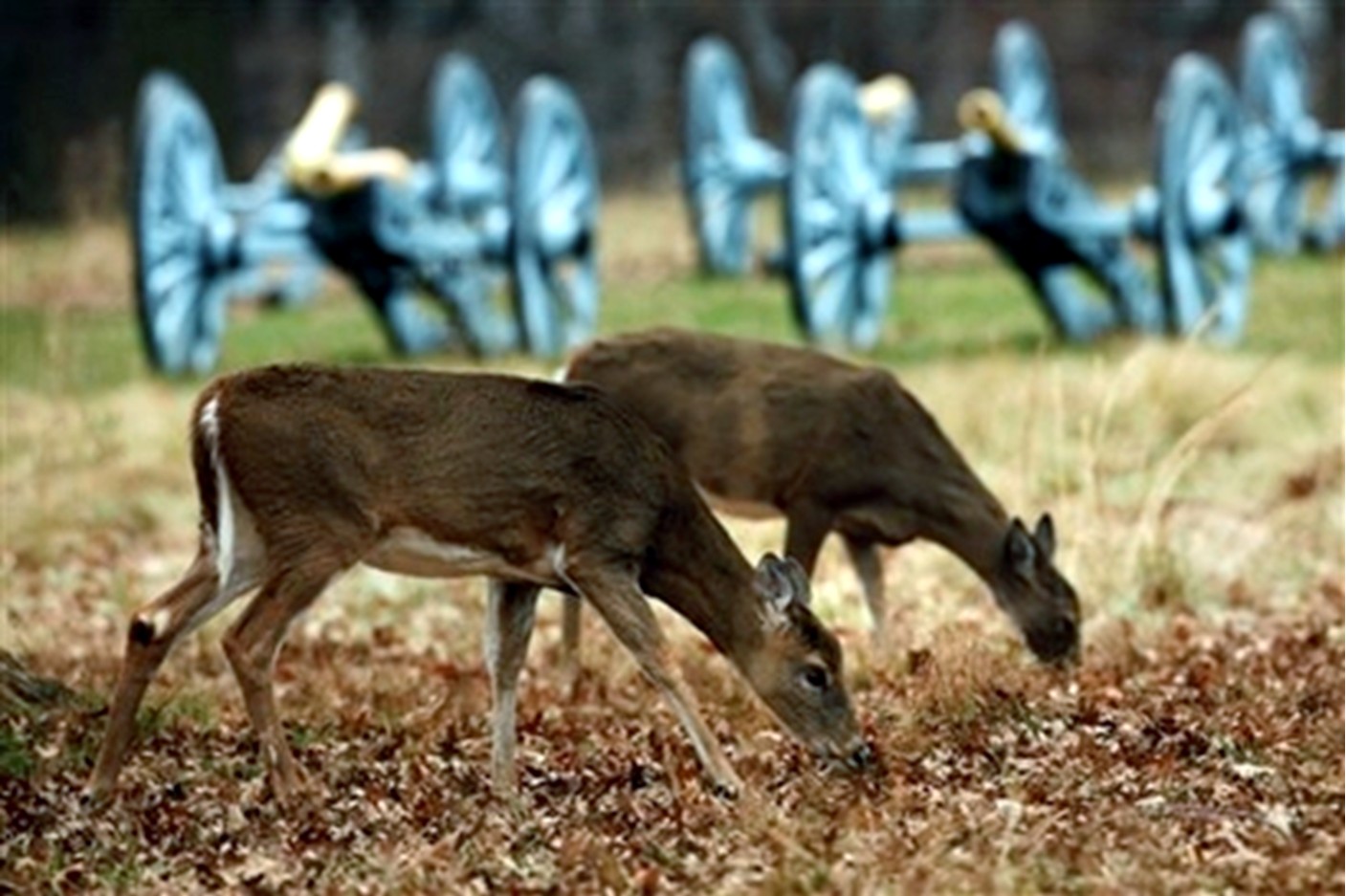 Yesterday’s Philadelphia Inquirer contained an opinion article by Lee Hall and Maryanne Appeal about the deer over-population in Valley Forge Nationa Park. (article below). Lee Hall is vice president of legal affairs for Friends of Animals, based in Darien, Conn., vice president of West Chester-based CARE, and a Chester County resident. Maryanne Appel is secretary of CARE, correspondence director for the Pennsylvania chapter of Friends of Animals, and a Delaware County resident.
Yesterday’s Philadelphia Inquirer contained an opinion article by Lee Hall and Maryanne Appeal about the deer over-population in Valley Forge Nationa Park. (article below). Lee Hall is vice president of legal affairs for Friends of Animals, based in Darien, Conn., vice president of West Chester-based CARE, and a Chester County resident. Maryanne Appel is secretary of CARE, correspondence director for the Pennsylvania chapter of Friends of Animals, and a Delaware County resident.
I reflected on the Hall-Appel article as I watched 5 deer grazing in our backyard this morning. Anyone who has followed Community Matters knows how I feel on the topic of guns and gun control so no need to have that discussion. But this notion of coyotes, as a form of deer-control, I find disturbing and dangerous.
What about neighboring residential areas to the park . . . I would think that coyotes would pose a threat for cats and dogs, and small children? How are coyotes going to ‘stay’ in the geographic area of the park? But even if they stayed in the park, do coyotes not pose a threat to bicyclists, walkers, picnickers? It seems to me the risk to human and pets is great; I just don’t see how coyotes can possibly be viewed as a solution to the deer overpopulation. Or do coyotes only target deer . . . ?
A case for not killing the Valley Forge deer . . . Officials’ plan to hunt them is cruel and pointless.
Last winter, our advocacy groups sued to save the Valley Forge deer from a plan to kill most of them, and park officials agreed to hold their fire. This year, the officials regrouped, and the shooting has begun.
Last week, with the help of the Environmental Law Clinic at the University of Denver, Friends of Animals and CARE (Compassion for Animals, Respect for the Environment) filed an appeal urging the Third Circuit U.S. Court of Appeals to halt the gunfire in Valley Forge.
Valley Forge National Historical Park is a patch of precious wildlife habitat near the massive King of Prussia Mall. The Pennsylvania Turnpike runs along its border, and Routes 23 and 422 funnel commuters through it. Officials counted 1,023 deer in the park in early 2009, when they resolved to shoot them. In October, a federal judge deferred to a plan to annihilate most of the herd. As officials have acknowledged, though, the deer population has stabilized, having peaked near 1,400 in 2003.
Should we worry that the Valley Forge deer are doing well? An Inquirer story last month reported that officials were suggesting as much, saying “a thousand acres of forest are being eaten alive by deer” – not exactly a scientific statement, but the kind that was used to justify enlisting gunners to bait and kill deer in the park for the first time ever. We are also told that killing deer is required to prevent drivers from hitting them.
Human control of North American deer, elk, and other animals drives a phenomenon called “evolution in reverse,” in which the scrawniest are most likely to survive. It can also cause increases in the animals’ birthrate, forcing more killing. Meanwhile, more natural spaces vanish under malls and roadways, and animals concentrated into smaller areas are blamed for a laundry list of ills they didn’t create. The National Park Service plans to allow the shooting for four years. Then it vows to impose an expensive regimen of pharmaceutical birth control on the surviving 165 or so deer – maybe. The service admits that it’s uncertain about the viability of a pharmaceutical solution.
Contraception would require that the deer be captured, sedated, injected, and tagged for booster shots. They could suffer unnatural social and biological effects. Nature itself balances deer herds according to available food, terrain, and weather, as well as the presence and health of carnivorous animals, such as coyotes. Valley Forge officials apparently never considered working with the state to change policies that suppress coyote populations in the vicinity, writing off the canines’ ability to control deer (a position the government has since contradicted in a legal brief).
But coyotes do check deer populations. They take ailing, old, and young deer, thereby promote the health of herds. And coyotes already live in Valley Forge, so nobody’s calling for their introduction to the area. (All that’s been “introduced” to Valley Forge is the paraphernalia of tourist commerce: gift shops, horseback rides, trolley tours, and the like.)
If officials had examined this issue responsibly, they would have learned that more progressive jurisdictions promote human coexistence with coyotes. In Los Angeles and Orange Counties in California, residents have learned to live with coyotes, even in densely populated suburbs. And, interestingly, there is no “deer problem” in the region.
We can preserve peace in Valley Forge with the help of the community. Accidents could be largely averted through safer driving, even if that means slowing the typical Route 23 driver. Surrounding landowners could be more careful about what they plant to avoid attracting more deer, perhaps with the assistance of park officials. It’s time to move beyond shooting, hunting, and chemically controlling the animals in our midst.
The National Park Service’s stated mission is “to conserve the scenery and the natural and historic objects and the wild life” in national parks. We’re asking that Valley Forge officials return to that ecologically responsible course.



